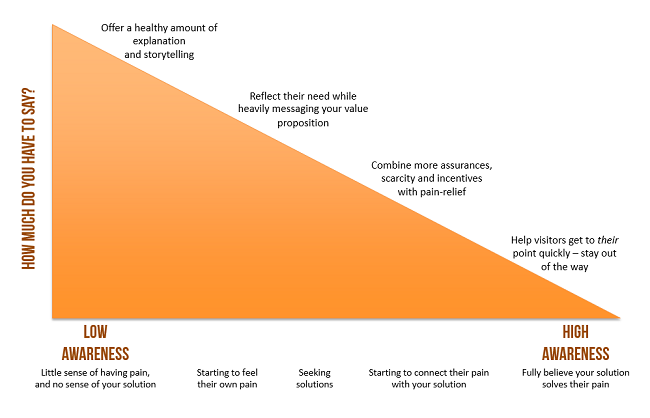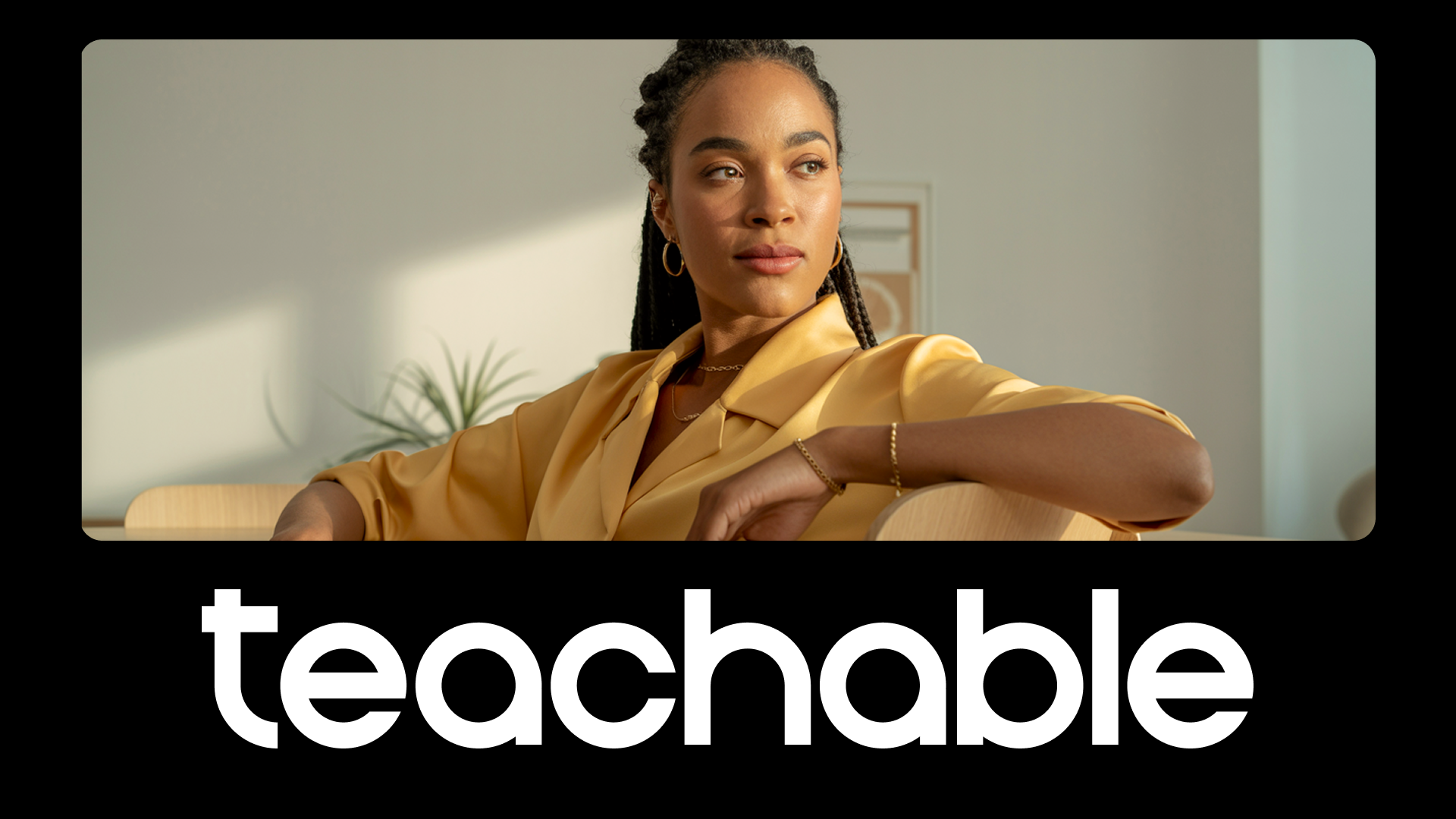People have short attention spans. So short, in fact, that if they aren’t hooked on an article within eight seconds, they close it.
So why, in the age of social media platforms like Twitter and TikTok, are marketers still debating between long-form and short-form sales pages? If you’ve been on any marketing team or forum, you’ve probably heard something along the lines of:
- But, there’s not enough information.
- Longer pages give people the option to skim and find the information they want.
- There’s not enough emotional connection with a short page.
And on the other side:
- People are not going to read until the end!
- We need to show our audience what they want in one glance.
- It’s too long winded and repetitive.
There are valid arguments and proof that both long-form and short-form sales pages can indeed improve your conversion rates. What it comes down to is how you use long-form and short-form sales pages and the content in each page.
The case for a short-form sales page
A sales page is a landing page created for the purpose of convincing someone to purchase something you’re offering. So, when do short-form sales pages typically perform the best?
Let’s imagine this. If you were trying to sell someone a product in person, when would you choose to do a quick pitch instead of a deep dive? The most likely scenario for a quick pitch is when someone comes up asking you about a specific model instead of a general item.
Let’s say someone comes up to you and asks: “Can you show me the Macbook Pro 13 inch?”
At this point, you wouldn’t want to waste their time explaining all the other products you offer. In fact, to seal that sale, you’d want to give them exact information they are looking for—the best qualities of the product and the cost.
That’s exactly what a short-form sales page will do for you. It provides your audience with straightforward, “need-to-know” information that will allow them to make the purchase. Here are some other scenarios where opting to use a short-form sales page might be more effective:
1. You’re promoting your offer to warm leads
Warm leads refer to an audience who is already familiar with your product or brand. You’ve built a relationship with them through social media or via a newsletter. They trust the content that you put out, and they know who you are. They don’t need to do additional research to find testimonials about why they should learn specifically from you.
You’ve already laid the foundation, so a short, direct sales page will do the trick to convert them into a paying customer.
2. You have a simple product
The product you are promoting is a simple course. It’s a simple offer—no additional PDF download, bonuses, community access, or weekly coaching calls. All they need to know is if the course is for them, what they’ll learn, and the outcome they’ll achieve.
With a simple product, all you need is a straightforward short-form sales page.
3. Your offer is low cost and low commitment
When you’re offering a course in the $30-$50 range, there is typically less to consider. It’s not a large investment that might require a discussion with your family, or extended research for you to commit.
If your course—like your mini-course or introductory course—is low cost and low commitment, there are less objections you have to address, and you can accomplish that with a short-form sales page.
Remember, what method you choose always comes back to who you are trying to target. Think about and find out what your audience’s buying behavior is like. It will help guide a lot of your marketing writing, not just your sales pages!
The case for a long-form sales page
A long-form sales page still has the same purpose as a short-form sales page—to convince someone to buy—but includes much more written content.
The tricky thing about long-form sales pages is that they can very easily be used incorrectly, leaving an overwhelmed and frustrated audience who will disengage and click away. Imagine a customer walked up to you this time and asked: “Which laptop should I buy?” Now, you’re in for a much longer sales pitch with different packages you may want to offer.
Here are a few scenarios where long form sales page can outperform short form ones:
1. You’re promoting your offer to cold traffic
Cold traffic refers to your website visitors who have never heard of you before. They may have clicked through to your sales page because of an ad, social media post, or a mention in an article.
Use the long-form sales page to earn their trust. Tell them why they should specifically learn from you, how you’ve helped other people reach their goals, and why you can do the same for them.
2. Your product has complicated additional offerings
When you’re running a big launch campaign, it’s not uncommon to add in additional bonuses to sweeten the deal. It can include one-time bonuses like additional ebooks, one-on-one Q&As, or accountability partners.
While the bonuses can sweeten the deal, it can be too much for your audience to understand the true value without further explanation. You want to explain to your audience how all these bonuses complement the course that you offer, and how each of those bonuses can help you reach your goals.
3. There’s a premium price tag on your product
Depending on your audience, this could mean a course in the $500-$1,000 range or more. You hit the threshold where your audience will consider this a hefty investment. Because of that, your audience may have more concerns:
Am I worth it? Am I ready?
Can I achieve my goals with this course?
Do I have the time and support to do this?
The more objections and pain points your audience may face, the more content you will need to produce to help them overcome these roadblocks. Use the content in a long-form sales page to directly address these pain points to shift their beliefs and help them take action. Provide them with the vision on how you’ll be able to help them solve their problems and make the transformation they are looking for.
Why Your Audience Matters
So, which type of sales page should you write? It depends! It’s not a one-size fit all solution, because who you are writing to is way more important—it dictates what and how much you write.
Here’s a graph that Copyhackers made to illustrate the point:
{{salespage-component="/blog-shortcodes/blog-popup"}}

It’s all about where they are in your marketing funnel, and which of your audience personas they fall under. Identifying both will be key to helping you write targeted sales page copy that will convert.
If you don’t know which page will perform and want to try both out, you can do so now by creating additional sales pages for your course!
Join more than 150,000 creators who use Teachable to make a real impact and earn a real income.


.png)



.png)

